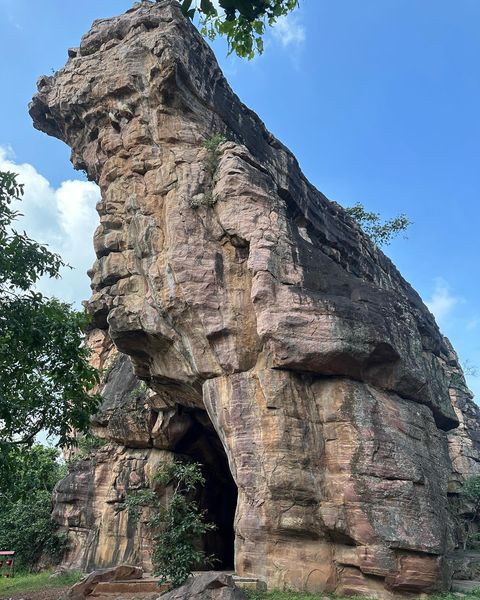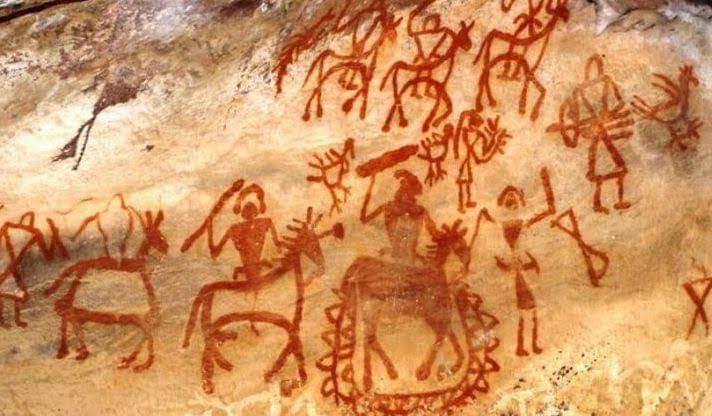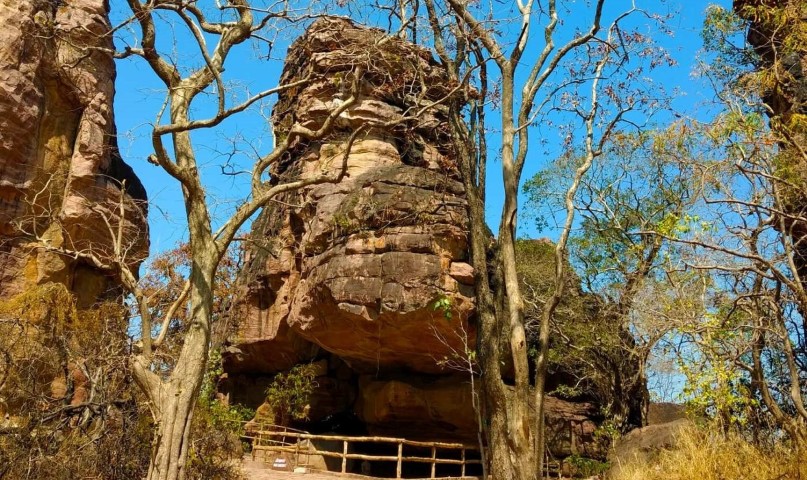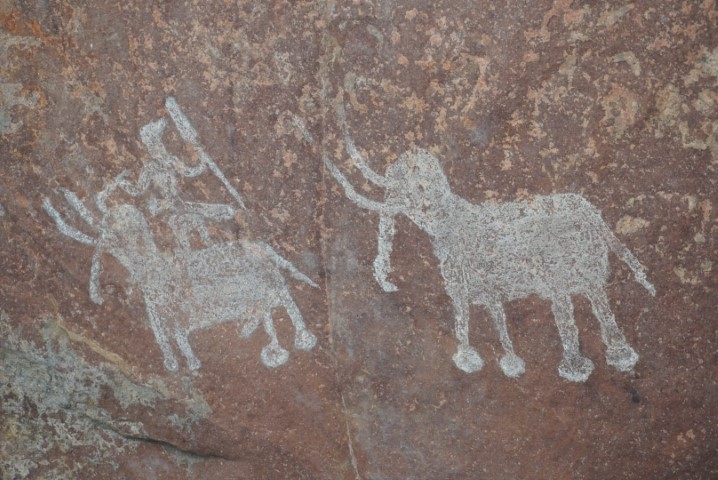Bhimbetka and Early Human Civilization
Nature WorldWide August 18, 2024 0
Bhimbetka and Early Human Civilization
Bhimbetka is a Paleolithic residential site located about 9 km from Abdullaganj in the Raisen district of Madhya Pradesh, India. It is very famous for the rock paintings and rock shelters made by prehistoric humans. The Archaeological Survey of India, Bhopal Division, declared Bhimbetka a site of national importance in August 1990. After this, UNESCO declared it a World Heritage Site in July 2003. The rock paintings found here are among the oldest signs of human life in India. People believe this place is connected to the character Bhima from the Mahabharata period, which is why it’s named Bhimbetka. It is a suitable place to understand more about Bhimbetka and early human civilization.
How Old are the Caves

These rock paintings originated in the Paleolithic period, spanning from around 2.5-2 million years ago to approximately 12,000 to 10,000 years before the modern era. Other ancient remains include ancient fort walls, small stupas, stone age buildings, stealthy inscriptions, Shankha inscriptions, and some remains of Parmara period temple. These caves are located at the lower end of the hills on the southern edge of the plateau of Central India. Satpura Hills start south of Bhimbetka. Dr. Vishnu Shridhar Wakankar led the discovery of these caves in 1957-1958.
Read More: Top Natural Places To Visit In Madhya Pradesh State
Rock Shelters and Rock Paintings

This area contains over 750 rock shelters, with more than 500 adorned with paintings. Bhimbetka likely served as a center of human activity from the Stone Age to the medieval period. Now the valuable heritage here comes under the protection of the Archaeological Department. On entering the Bhimbetka area, I found a lot of important information written on the rocks. The main themes of the rock paintings made here are group dance, the outline of daily activities, hunting, animals and birds, war, and the daily activities of ancient human life.
Colors Used in Painting

Artists primarily used mineral colors to create the paintings, with ochre, red, white, and occasionally green and yellow being the most common. The cup-shaped marks engraved on the inner surfaces of these rock shelters are believed to be over a hundred thousand years old. These rock paintings contain pictures of themes related to events related to daily life.
Read More: 8 Best National Parks in Madhya Pradesh
Thousands of Years Old Paintings

These paintings depict life thousands of years ago. The paintings made here mainly include dance, music, hunting, riding horses and elephants, decorating jewelry, and collecting honey. In addition to all this, artists depicted animals like tigers, lions, elephants, dogs, crocodiles, and wild boars. The caves’ antiquity reflects their significance, with rock paintings created by prehistoric humans in ancient times.
Beginning of Human Civilization

The cave rock paintings here rank among the oldest known in the world. The paintings made on the walls of the caves are thousands of years old. Most of the paintings depict wild animals like deer, elephants, lions, wild boar, etc. Most of the paintings depict the lifestyle of the prehistoric people who lived in this place. There are many rock shelters in these caves where they must have rested. This place connects to Satpura and Narmada Valley, making it possible that life began here.
Read More: Top 10 Caves of Madhya Pradesh
Suitable Place to Visit
This place is suitable for visiting as it is near Bhopal city. This place is completely surrounded by natural beauty. The caves here take us to the past. Thousands of years old paintings and Bhimbetka and early human civilization are worth seeing. It feels great to spend time with family and friends.




